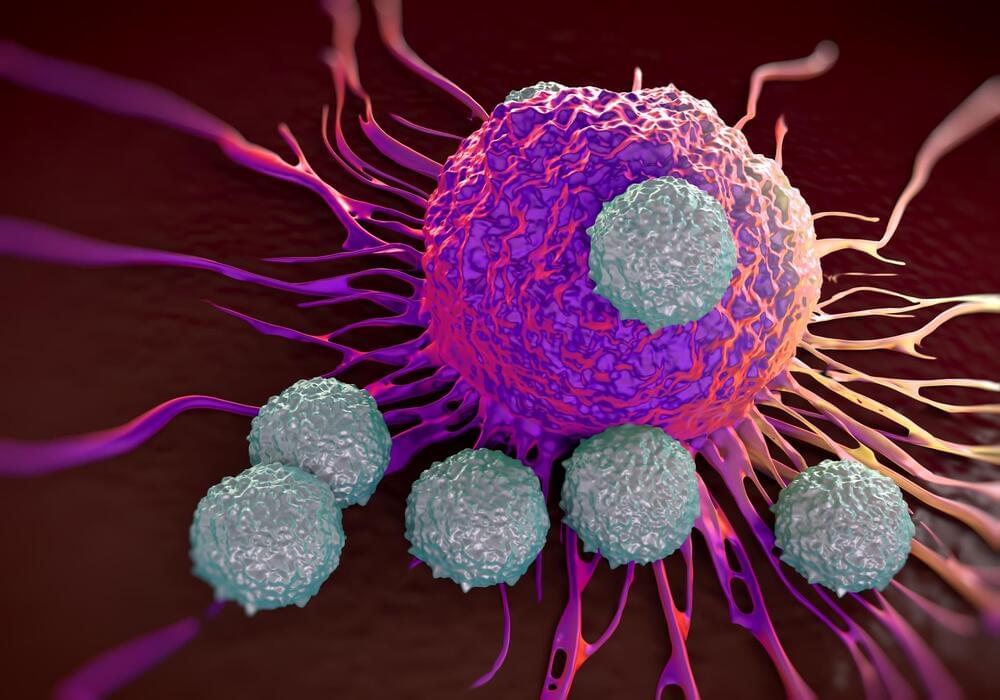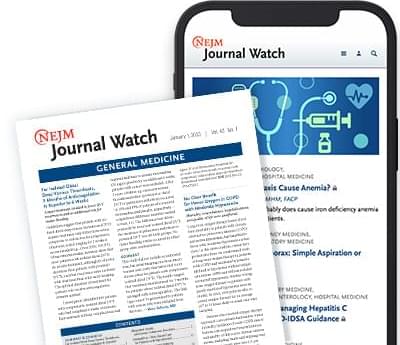The findings offer hope for the development of anti-cancer drugs that make it harder for tumor cells to evade our immune systems.





MONDAY, March 25, 2024 (HealthDay News) — Intrathecal gene transfer with scAAV9/JeT-GAN may result in some benefit for children with giant axonal neuropathy, according to a study published in the March 21 issue of the New England Journal of Medicine.
Diana X. Bharucha-Goebel, M.D., from the National Institutes of Health in Bethesda, Maryland, and colleagues conducted an intrathecal dose-escalation study of scAAV9/JeT-GAN in children with giant axonal neuropathy. Fourteen participants received one of four intrathecal doses of scAAV9/JeT-GAN: 3.5 × 1013 total vector genomes (vg); 1.2 × 1014 vg; 1.8 × 1014 vg; and 3.5 × 1014 vg (in two, four, five, and three participants, respectively).
The researchers found that during a median observation period of 68.7 months, one of the 48 serious adverse events was possibly related to treatment and 129 of 682 adverse events were possibly related to treatment. In the total cohort, the mean pretreatment slope was −7.17 percentage points per year. One year posttreatment, posterior mean changes in slope were −0.54, 3.23, 5.32, and 3.43 percentage points with the 3.5 × 1013 vg, 1.2 × 1014 vg, 1.8 × 1014 vg, and 3.5 × 1014 vg doses, respectively. For slowing the slope, the corresponding posterior probabilities were 44, 92, 99 (above the efficacy threshold), and 90 percent, respectively. Sensory-nerve action potential amplitudes increased, stopped declining, or became recordable after being absent in six participants between six and 24 months after gene transfer, but remained absent in eight participants.



Liz Parrish, CEO of BioViva Science, is the world’s most genetically modified person. She took a telomere-restoring gene therapy in 2015 alongside follistatin, making her the first person to take gene therapy to treat biological aging.
But why telomeres?
While there are other ways to measure and address the aging process, lengthening telomeres is an especially promising avenue.

By contrast, information on coronary inflammation can provide crucial early warning signs of a cardiac event. Yet traditional diagnostic methods of measuring inflammation are not specific for cardiovascular diseases. Inflammation is invisible to CT scans, for instance. And biomarkers such as hsCRP (High-sensitivity C-reactive Protein) measure systemic inflammation, rather than cardiovascular inflammation, so the test may show up high in the case of inflammation driven by non-heart organs.
CaRi-Heart leverages AI tech to detect and quantify coronary inflammation, giving it an edge over traditional diagnostic methods. Cheng explains that while it is important to find patients who already have significantly narrowed coronary arteries, and obviously need immediate treatment, cardiologists often end up archiving many cases of patients with no visible signs of disease but who potentially have high coronary inflammation. This inflammation, driven by cholesterol, or smoking, or diabetes and other risk factors, ultimately causes the wall of the artery to become thickened and narrowed.
Caristo’s CaRi-Heart technology is a non-invasive cloud-based solution that utilizes AI to analyse CT scans, overcoming the limitations of traditional diagnostic methods, offering a more sensitive and specific approach to detecting and quantifying coronary inflammation, says Cheng. CaRi-Heart is the only commercially available technology that can detect and measure coronary inflammation on routine cardiac CT scans, and it has been cleared for clinical use in the UK, EU and Australia.
Professor Jürgen Götz and Dr Pranesh Padmanabhan from the Queensland Brain Institute comment on the successful human trial by the WVU Rockefeller Neuroscience Institute which found a five-fold reduction of amyloid-β in Alzheimer’s patients.
The latest trial results underscore the safety of using…
The potentially powerful combination of ultrasound and antibodies for the treatment of Alzheimer’s disease is the focus of a News & Views article by UQ’s Queensland Brain Institute (QBI) researchers.
QBI Professor Jürgen Götz and his team aim to develop low-intensity ultrasound into a treatment modality for Alzheimer’s disease.
Ultrasound can be used with microbubbles to achieve blood-brain barrier opening for drug delivery, or it can be used without bubbles to modulate brain function.
Spine stemcells regeneration Stem cell treatments for spinal cord injury.